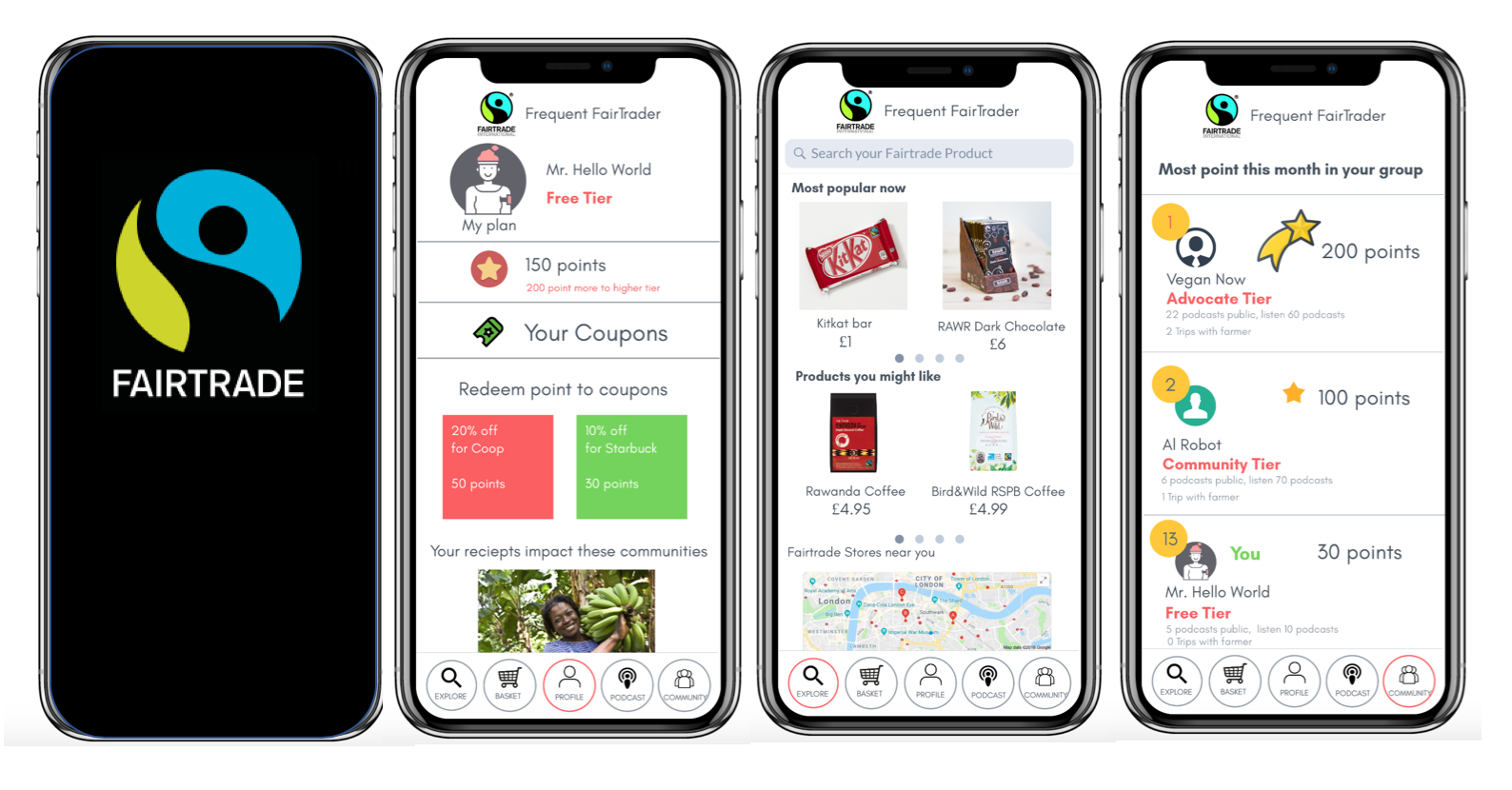By Joe Wiggins
Emotions have been a central area of focus for researchers seeking a descriptive account of individual decision making, with a particular point of interest the relationship with probability (Loewenstein, Weber, Hsee & Welch, 2001). It has been contended that in emotive situations individuals are prone to ignore or neglect probability, and focus instead on the affect-rich outcome (Sunstein, 2002).
When discussing the role of emotions in decision making it is crucial to differentiate between two forms of affect, which we can consider ‘hot’ and ‘cool’. A hot state is an emotionally charged moment – such as a driver engulfed in a bout of road rage – in these moments we expect little consideration of either probabilities or the consequences of actions. My focus is on the more common ‘cool’ affect; where how we feel about a situation moderately influences our decision making; this has been elegantly referred to as a “feint whisper of emotion” (Slovic et al., 2005,S35).
In order to understand the interaction between probability and modest emotional stimulation I ran a 2×2 randomised controlled experiment. In the study, participants were asked questions related to their willingness to buy an ‘ideal’ house with the only drawback being that it was located in an area of flood risk, with an expected flood frequency listed as either 1 in every 100 years (1%) or 1 in every 25 years (4%). Participants were then required to complete a ranking task: for the control group this involved ordering their preference for important features when buying a house; whereas those in the treatment group were required to order, by severity, the potential worst case outcomes of flooding (for example, treasured possessions destroyed). The treatment was designed to provoke negative feelings about flooding and provide an insight into whether emotional stimulation impacted decision making in both high and low probability scenarios.
Following the ranking task, participants answered questions about the perceived fair value of the property, the riskiness of the decision and their willingness to purchase the property; the results from the latter are displayed in the table below:
Willingness to Purchase Property:
| Control | Emotive Treatment | Difference | |
| Low Flood Probability | 72.9% | 69.6% | 3.3% |
| High Flood Probability | 73.9% | 54.2% | 19.7% |
| Difference +/- | 1.0% | 15.4% | – |
The participants were significantly more sensitive to the negative emotive stimulation when the probability was high and were seemingly able to ignore it when the probability of flooding was low. In the low probability group, the reduction in willingness to purchase between control and treatment was only 3.3%, compared to a 19.7% differential in the high probability grouping. The pattern of results was consistent across the questions posed.
The results are consistent with the idea of a probability threshold (Baron, 2000); emotion doesn’t appear to impact a judgement when an individual gauges (in most likely a sub-conscious fashion) that probability is low enough that it can be disregarded. Such behaviour seems an intuitive adaption – a means of filtering the emotional ‘information’ we are constantly bombarded with in everyday life.
That our subjective view of probability may influence how we respond to emotions could have profound implications for our understanding of individual decision making. Public policy campaigns designed to reduce damaging behaviours such as smoking or drink driving by focusing on severe negative outcomes may prove ineffective if the likelihood is perceived as immaterial. In financial markets, an investor may entirely neglect a portfolio stress test with severe ramifications if they perceive the probability to be inconsequential, even if erroneously so.
Individuals seemingly make binary probability judgements prior to emotional stimulation impacting decision making; such behaviour raises a plethora of questions about how individuals develop their subjective views of probability and decide what level of probability is relevant. This would be a fruitful area for future research on decision making.
This blog post was written by Joe Wiggins as a summary of the research undertaken for his dissertation as part of the Executive Masters at LSE, 2015-16. Joe is currently a Fund Manager at Standard Life Investments. Follow him on linkedin https://www.linkedin.com/in/joe-wiggins-cfa-353b5534/





